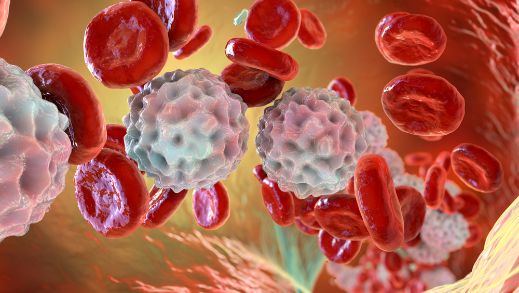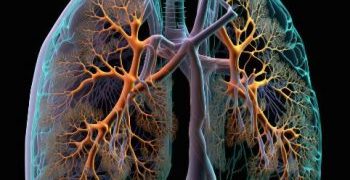The symptoms of sickle cell anemia vary from person to person. Some people may experience mild symptoms, such as fatigue, while others may experience severe pain and other complications. Depending on the severity of the disease, patients may require frequent hospitalizations. However, there are ways to help alleviate these symptoms and improve their overall health.
Sickle cell anemia is a condition in which people inherit an abnormal hemoglobin “S” gene. This defect causes red blood cells to break into a sickle-shaped shape. Because of their irregular shape, they do not pass easily through blood vessels. Their stiffness may also lead to blockages in blood vessels. These blockages can cause circulation problems. In extreme cases, they can block the flow of blood to the brain. They can also damage the retina, which leads to vision impairment.
People with sickle cell disease often experience severe bone pain. They can also develop infections, such as avascular necrosis (AVN), splenic infarctions, venous thrombosis, and kidney infarctions. Depending on the type of ailment, patients may require treatment with medications to relieve their pain.
Children with sickle cell anemia often receive antibiotics to prevent potential life-threatening infections. They may also have vaccinations. Typically, children do not have symptoms during their first few months of life. During their early years, they are usually monitored closely.

Pain crises are one of the most common symptoms of sickle cell anemia. They occur in intermittent painful episodes and are triggered by inadequate blood flow to the tissues. As a result, patients need to increase their fluid intake to replace lost fluids. Additionally, they may be given medications such as NSAIDs and opioids to provide relief.
Other causes of a pain crisis include dehydration, infection, cold exposure, and strenuous exercise. Depending on the extent of the problem, doctors may recommend oxygen treatments, antibiotics, or even blood transfusions. For some people, pain crises may last for several days or weeks. If the pain is excruciating, the doctor might recommend biofeedback, electrical nerve stimulation, or a prescription for opiates or other sedatives.
If a patient has a serious pain crisis, they should be transferred to a hospital for treatment. A hematologist or other medical professional will assess the patient and make a diagnosis. They will perform tests on the blood, take a detailed medical history, and check the lungs, kidneys, nervous system, and other parts of the body. Blood tests can also reveal other potential problems, such as bleeding, hepatitis, or infections.
A sickle cell crisis can occur anytime, but it is likely to occur more often if the patient has a history of severe pain, illness, or surgery. Patients with sickle cell disease can also experience a stroke, which is a sudden loss of consciousness. During a stroke, patients can become unconscious, lose their ability to speak, or have numbness and weakness. During a stroke, a patient should call 911 immediately.
In order to prevent a pain crisis, patients with sickle cell disease should drink plenty of liquids and avoid strenuous exercise. Also, patients should seek regular checkups and encourage a healthy lifestyle.








